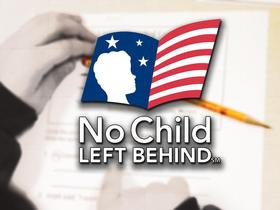The start of a school year can be an exciting time for kids as new teachers and friends broaden their world in many positive ways. However, the presence of a bully in that world can transform what should be a constructive learning environment into a scary place for kids. With many disturbing reports of suicides recently as a result of bullying, it is important for parents to acknowledge the potential for bullying and take steps toward prevention or dealing with a situation that already exists. Fortunately, there are many positive actions parents can take to protect their children from bullying.
Types of Bullying
The Mayo Clinic lists a number of different types of bullying children might experience today, including the following:
- Physical Bullying – hitting, kicking or other types of aggressive physical behavior
- Verbal Bullying – incessant teasing, name calling, spreading rumors or racial slurs
- Cyber Bullying – tormenting another child through cell phones or the Internet
Children may be bullied through just one of these channels, or a combination. The dangers of cyber bullying are particularly pronounced, since this type of bullying can invade the privacy and safety of the home environment. While bullying that is done at school can be left there at the end of the school day, cyber bullying can become incessant. Psychologists believe that is one of the reasons why cyber bullying has resulted in





















